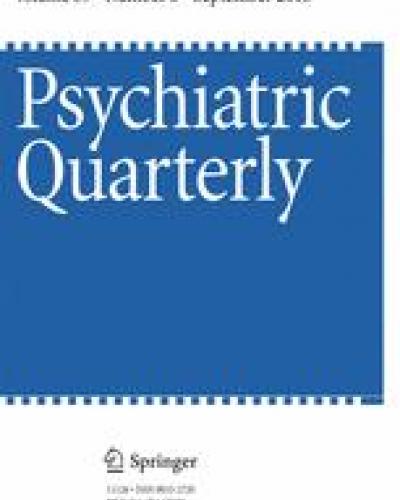
The Intersectional Effects of Race and Gender on Time to Reincarceration
Published:
| Author: Katie Ropes Berry, Stephanie Kennedy, Margaret Lloyd, Christopher Veeh, Stephen Tripodi
People of color are overly incarcerated and reincarcerated after release. In an 8-year analysis of more than 21,000 individuals leaving state prisons, Black men were incarcerated more often and more quickly when compared to all other groups. However, with two exceptions (age at intake and marital status), Black men had lower risk scores on most variables when compared to other members of the sample. The interactions found were a potent predictor of time to reincarceration, even when controlling for a range of identified risk factors.
Category: Reentry, Recidivism, Racial and Gender BIas

The Relationship Between Severe Mental Disorders and Recidivism in a Sample of Women Released from Prison.
Published:
| Author: Erin A. King, Stephen Tripodi, Christopher Veeh
Women are one of the fastest growing sectors of the prison population, and have different pathways into prison and differing needs during the reentry process when compared to men. Women report higher levels of mental health problems overall, and report more severe symptomatology. The current study focuses on the role of severe mental disorders (SMDs) for 2,311 women released from prison and how SMDs relate to recidivism. Women diagnosed with SMDs were 16% more likely to have recidivated at eight years post-release compared with women who were not diagnosed with an SMD (p < .05).
Category: Reentry, Recidivism, Mental Health, Incarcerated Women

Is Employment Associated With Reduced Recidivism?: The Complex Relationship Between Employment and Crime
Published:
| Author: Stephen Tripodi, Johnny S. Kim, Kimberly Bender
This article explores the association between employment and recidivism for parolees released from Texas prisons. Along with determining whether obtaining employment on release from prison is associated with decreased odds of reincarceration, this article analyzes whether obtaining employment is associated with increased time to reincarceration. Proportional hazard models were used to examine the effect of employment on reincarceration over time. This analysis allowed a unique view of desistance from crime as a process of behavioral change with multiple stages.

